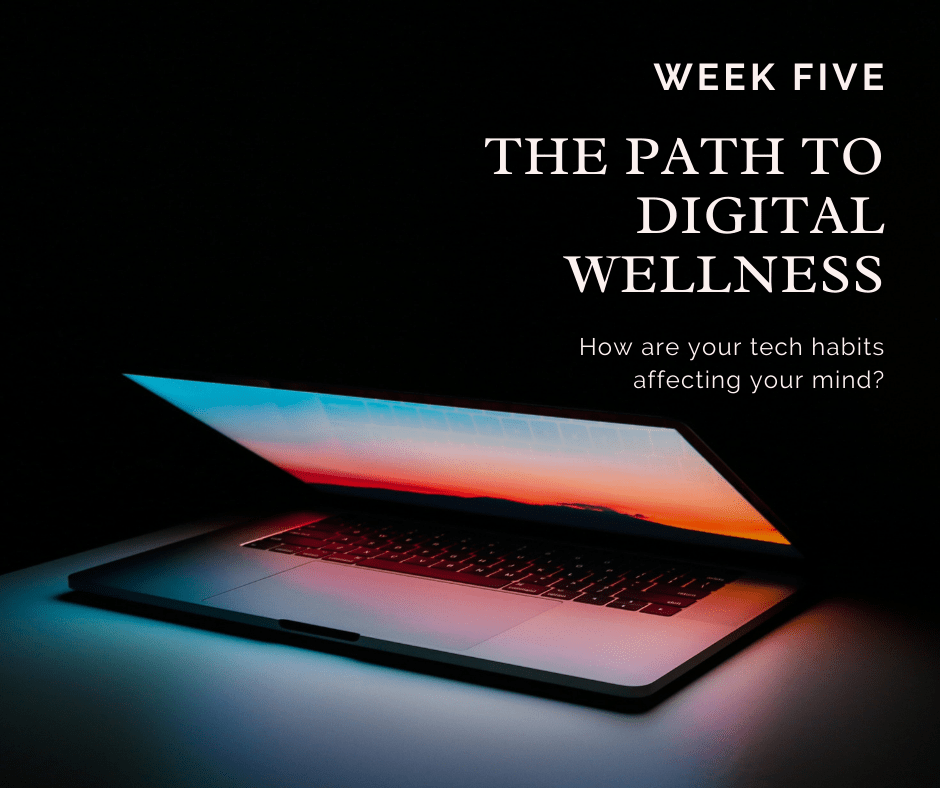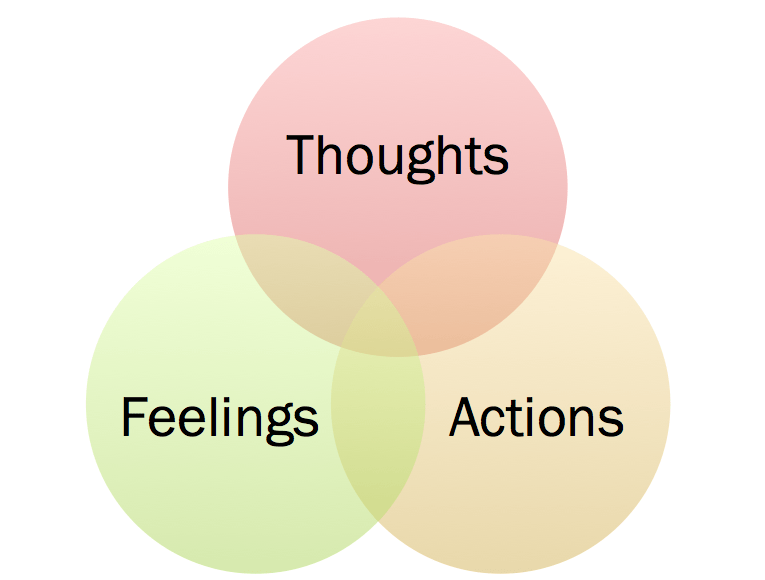Technology’s cause and effect
Anything we interact with — from the food we eat, to the people we meet, to the information we consume—can have an impact on our minds, influencing our thoughts, feelings, and actions.
The same is true with technology.
Technology use generally causes us to feel a certain way, gives us information to change (or confirm) thoughts in our head, or inspires us to take action (or continue our inaction) in the world. (Sometimes all three at once!)
For example…
- Surfing Facebook might give us feelings of reassurance that the people we care about are doing well.
- Googling a topic or watching a video tutorial might answer a question we’re pondering.
- Reading a news report about a natural disaster might inspire us to donate to a charity helping its victims.
When we’re conscious of this cause and effect relationship in our minds, we can put it to work for us — choosing the right technology to stimulate the right thoughts/feelings/actions in order to achieve a desired outcome.
When we’re not conscious though, technology’s impact on our thoughts, feelings, and actions may be negative or work against our goals.
Where we run into trouble
Just like we sometimes eat food that makes us feel sick, love people who make us feel bad, or consume information that confuses or misleads us, sometimes our tech habits can affect our thoughts, feelings, and actions for the worse, not the better.
This is usually due to three reasons…
1. We don’t have a clear intention
Because of its ubiquity in our lives, we often use technology simply because it’s there, not because we want it to do something specific for us, (other than make the time pass.) When that’s the case, the feelings, thoughts, and actions that result from our usage are often unexpected, unintended, and counter to our goals.
2. We choose the wrong technology
When we do have a clear intention, we may not choose the right technology to achieve our goal. For example, many of us visit streaming sites hoping to watch a movie with another person “for fun.” Rarely though is that task so straightforward, often resulting in evenings spent endlessly scrolling and debating content, rather than actually enjoying the end result.
3. We get distracted by other people’s agendas
Even if we have a clear intention and choose the right tool, the thoughts, feelings, or actions that result can still be derailed by someone else’s more powerful agenda, (either one set by the people who own and operate the technology we’re using or by other users). For example, a quick visit to social media, “just to relax” can expose us to content posted by Facebook users (or the platform itself) that disgusts us, saddens us, or angers us, leaving us more stressed.
This week’s exercise
This week’s exercise is about slowing down and examining how technology is affecting your mind. Using the information you collected last week on your daily tech habits, monitor how these habits are influencing your thoughts, feelings and actions.
You can do this by simply writing down two sentences, ideally whenever you use technology in the coming week for a significant period of time.
- Before you start using the technology, write down your intention. Why are you using this piece of technology right now and what do you hope it does for you? No need to be terribly detailed. Maybe isolate one thought, feeling, or action you hope results. Could be as simple as noting, “Going to catch up and watch the finale of The Good Place,hoping for some laughs and tears.”
- After you’ve finished using the technology, write down how/if this action impacted your thoughts, feeling, and/or actions. How did this experience affect you? Did you get those laughs or tears? Did it send you off on a thought spiral (“Hey, didn’t I just see that Chidi guy in a movie I watched last weekend?”) Did you come away from this experience feeling refreshed, ready to tackle something else on your to-do list or did you simply sit and watch another show afterwards? Again, no need to be super detailed or even to get into the whys of your answers. Simply capture your first impressions.
The goal here is to increase your overall mindfulness about your behaviors and habits — clarifying your intention before using technology and then checking in after you’ve used it to see if that intention was met. The answers might surprise you.
(I know this was true for me. When I did this exercise, I realized I was consuming an awful lot of “inspirational” content… that never inspired me to actually DO anything.)
Next week we will look at the other half of this equation: how your daily tech habits are affecting your physical body. I look forward to seeing you then! Thank you for stopping by.
Want to participate in this eCourse?
1. Continue to drop by my blog or Medium account each Saturday where you can read the weekly post at your leisure, or…
2. Subscribe to this email list and I’ll send you a post each Saturday.
I’d love to hear your thoughts on this course as we go. Feel free to leave comments on any of the posts or email me at jen@jenkane.com if you’d like to share something privately.






